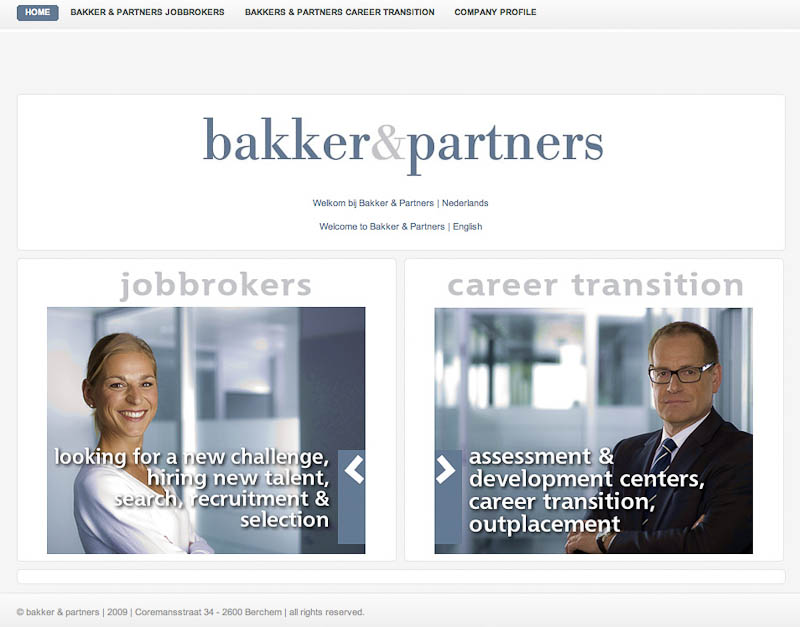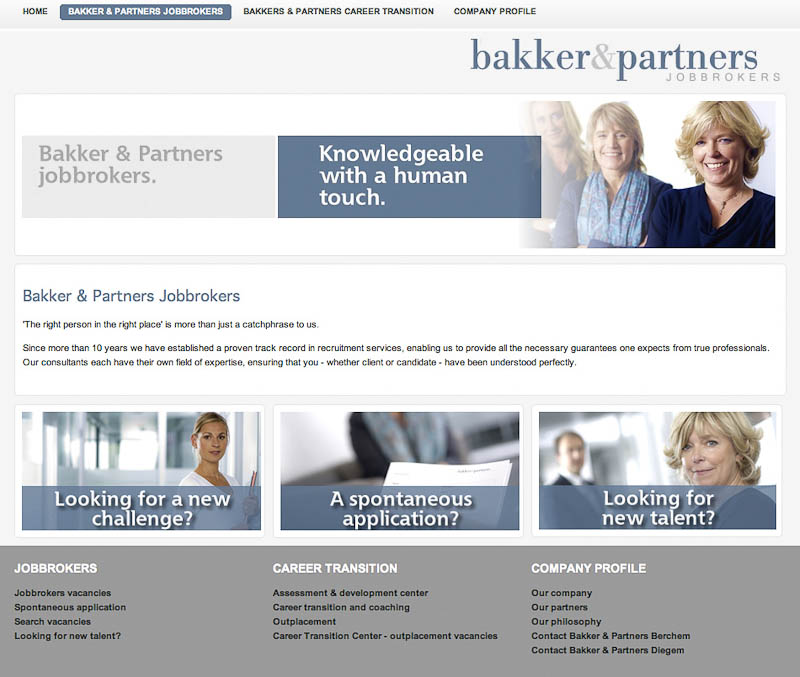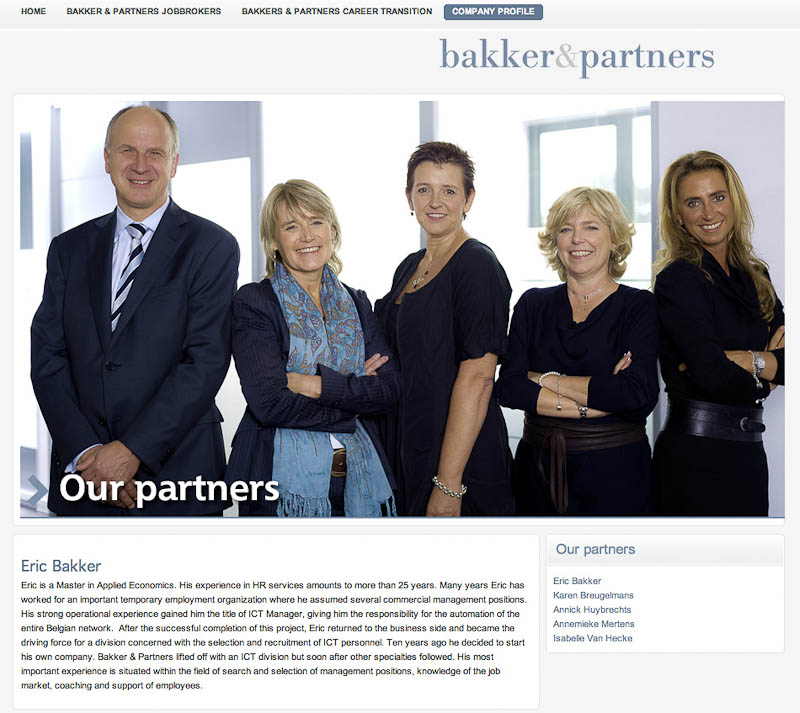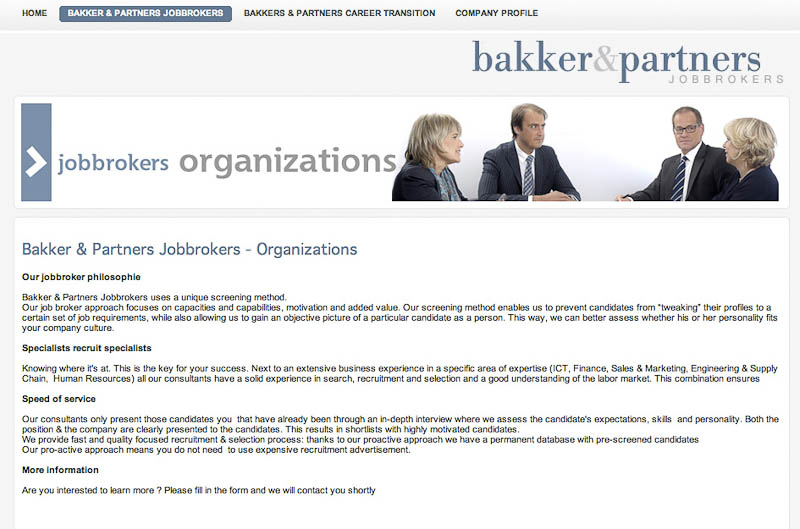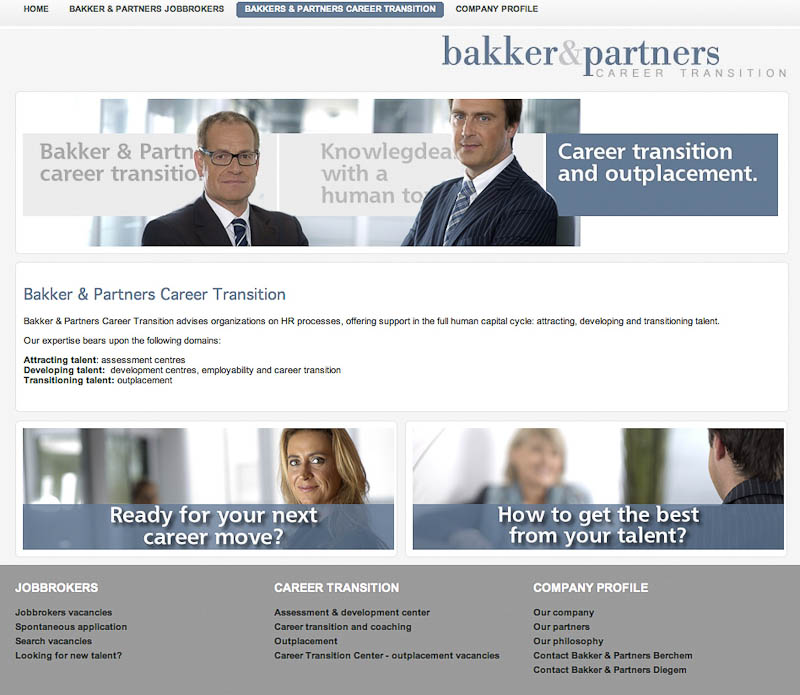As photographers we all want to photograph “images that sell”.
Most of the times, we are comissioned by advertising agencies, businesses and magazines to photograph – or to produce images – that help sell the magazines, the business, etc ….. We photograph what the client wants to see photographed, because it will promote “its cause”.
It’s a little different when you, as a photographer, decide to go out on your own, choose your own subjects and photograph without any limits our boundaries set by your clients. These images are than aimed at photo libraries, who will try to sell your images. They’ll typically take a comission in return of doing the marketing for you, as well as the following up, the admin, … in short, the whole works.
There are some big players like Corbis and Getty, but you can also find images at istock, microstock, etc ….
Problem is, you need to get your photographs in the library (they don’t always except just whatever you provide them with) and you’re “competing” with so many other photographers in all those libraries, making it uncertain whether your investment of time and effort in making the photographs will ever pay off.
I don’t often go out to photograph randomly, except for a few times where I will first talk to my clients (mainly in health care) to listen to what they need. That’s why I went in 2007 to spend 2 days in a hospital, photographing all sorts of situations and setups. These images are now on the desks of a few picture editors, and whenever they need an image of a hospital, a doctor, a nurse, an empty hospital bed, an operation room, a scanner, etc …. they can turn to my images and use them.
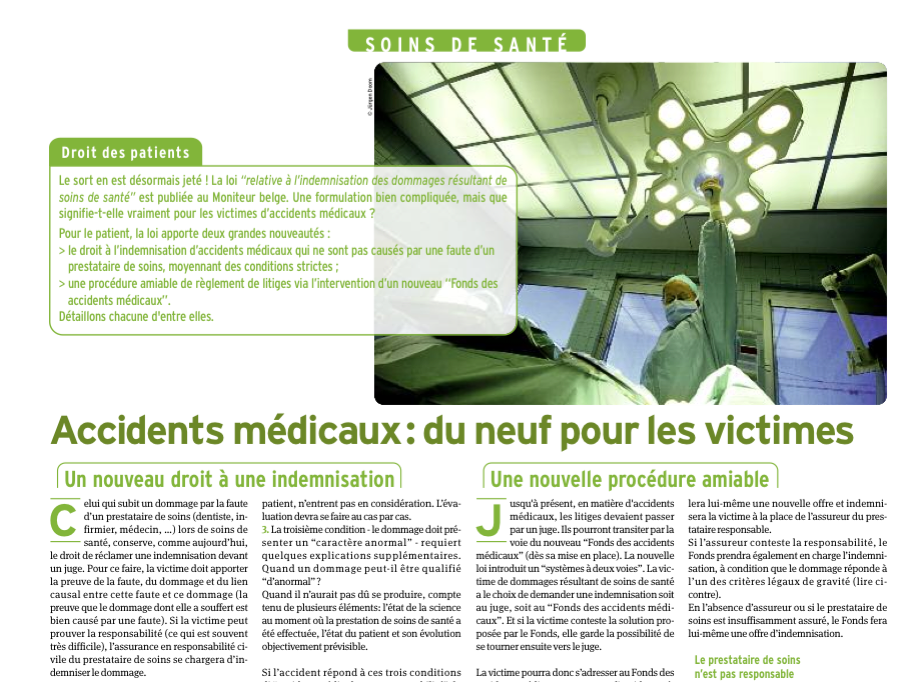
Stock photography, image of an operation room in a hospital.
I didn’t initially get paid for making those images, but every time an image gets publisched, I can invoice that image. Time and time again. In fact, I grant them the licence to publish the image.
So, after 3 years of having those images published in various magazines, it’s defenitaly “paying of” and it will continue to do so for as long as these images continue to sell ….

Image at an operation room in a hospital, stock photography.
Foto’s die verkopen ….
Dromen we daar allemaal niet van?
De meeste fotografen werken in opdracht van een tijdschrift, een reclamebureau, een bedrijf …. De fotograaf wordt gevraagd om bepaalde beelden te maken die het bedrijf kunnen vooruit helpen.
Het tegenovergestelde daarvan is wat men “stock fotografie” noemt. Daar ga je als fotograaf zelf je onderwerpen bepalen om daar dan beelden van te maken. Die beelden bied je dan aan aan “fototheken”, bibliotheken als het ware die foto’s “uitlenen” tegen een vergoeding. Getty en Corbis, istock, microstock, etc … schieten me onmiddellijk te binnen, maar je hebt er veel meer.
Ik heb ooit nog mijn beelden in het nu ter ziele gegaan iAfrika photo library gestoken. Maar ik woonde toen in Zuid-Afrika, en het was gewoon een stuk eenvoudiger om via een Zuid-Afrikaanse photo library te werken.
Tegenwoordig maak ik nog maar uiterst weinig “stock” beelden. Heel af en toe, wanneer ik het eens goed plan en organiseer, maak ik nog eens wat beelden voor een aantal klanten, voornamelijk in de medische sektor.
Zo heb ik in 2007 eens 2 dagen in een ziekenhuis beelden gemaakt, die sindsdien op een drietal redacties zitten van tijdschriften in de medische sector. De beelden ben ik toen op mijn eigen “kosten” gaan maken, ik heb ze aangeboden aan de verschillende redacties (zonder vergoeding te krijgen), maar sindsdien worden er op regelmatige tijdstippen foto’s uit gebruikt en gepubliceerd die ik telkenmale weer kan faktureren.
Het is in zekere zin “gemakkelijk” geld, maar als je beseft hoeveel tijd je er initieel hebt in gestoken, welk werk, risico, planning en moeite er is in gekropen om die beelden te maken zonder de zekerheid om ooit 1 euro er uit te krijgen, dan valt het adjecteif “gemakkelijk” al snel weg.
Nu, zo’n drie jaar na het maken van die foto’s begin ik er geld aan te verdienen, en hopelijk worden ze nog een tijdje “gerecycleerd”. En al die tijd zijn het “foto’s die verkopen” ….
